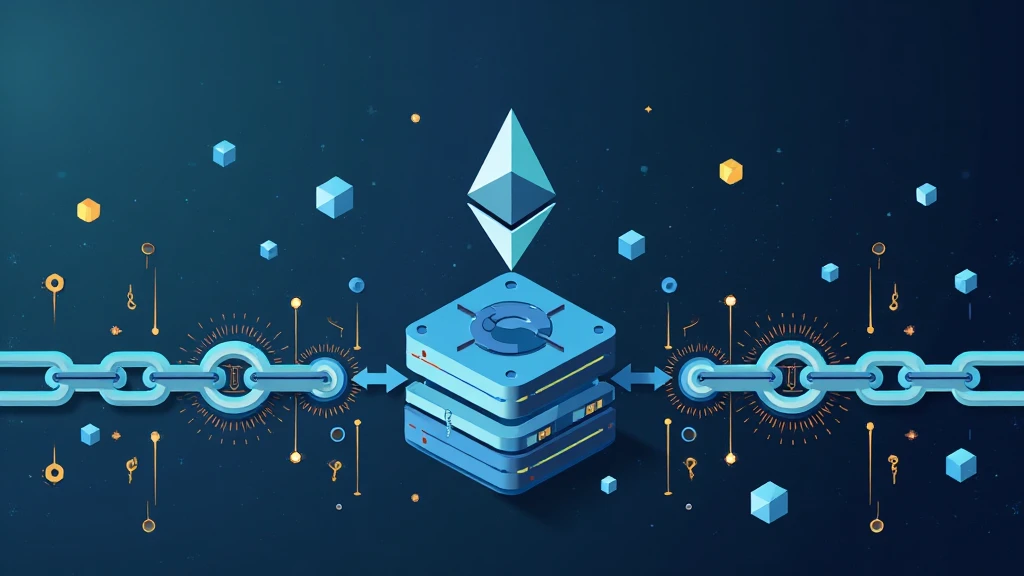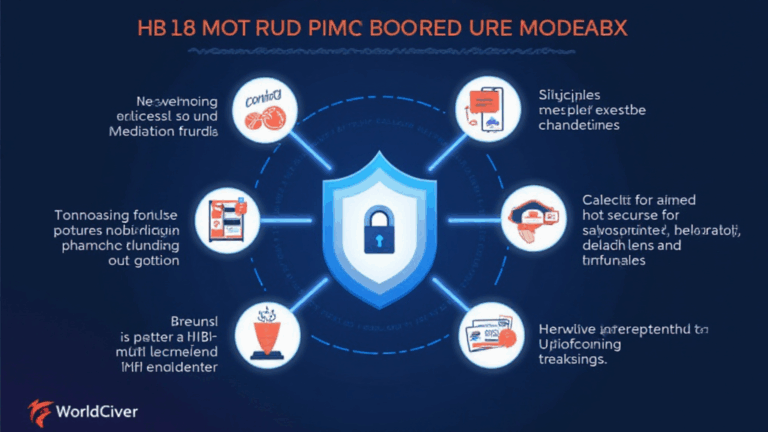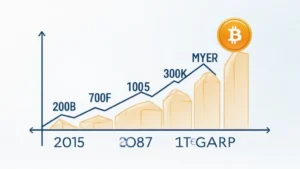Introduction
With the rapid rise of decentralized finance (DeFi) and the growing popularity of non-fungible tokens (NFTs), the Ethereum network has seen a surge in transaction volume. In fact, Ethereum gas fees reached an all-time high of $70 during peak usage. If you’re engaging with Ethereum’s ecosystem, understanding how to effectively optimize gas fees is critical to maximizing your investment. In this comprehensive guide, we’ll explore Ethereum gas optimization techniques to help you lower your transaction costs and improve your overall experience on the blockchain.
Understanding Ethereum Gas
To grasp the concept of gas optimization, it’s crucial to understand what gas is. In Ethereum, gas is the unit that measures the amount of computational effort required to execute a transaction or smart contract. Every operation on the Ethereum network requires a certain amount of gas, which users pay for in Ether (ETH). The amount you pay depends on the gas price, typically expressed in Gwei, which is a subunit of Ether.
The Importance of Gas Optimization
- Cuts down transaction costs, allowing you to retain more ETH.
- Enables faster transaction processing by ensuring sufficient gas limits.
- Improves overall user experience on the Ethereum network.
Effective Strategies for Gas Optimization
Now that we understand the basics of gas and its significance, let’s delve into some effective strategies to optimize gas usage.

1. Timing Your Transactions
Like the stock market, gas prices fluctuate based on network activity. Monitoring the gas fees at different times of the day can lead to significant savings. During off-peak hours, such as late at night or early in the morning, gas prices tend to be lower. Various websites, including EthGasStation, provide real-time data on gas prices, helping you time your transactions effectively.
2. Optimize Smart Contract Code
If you’re a developer, ensuring that your smart contracts are coded efficiently can drastically reduce gas costs. Here are some best practices:
- Minimize storage operations, as they are the most expensive type of gas usage.
- Refrain from using `require()` statements that consume unnecessary gas.
- Batch operations when possible, to limit the number of transactions needed.
3. Use Layer 2 Solutions
Layer 2 solutions, such as Polygon and Optimism, can significantly reduce gas fees. By processing transactions off the main Ethereum chain, these platforms alleviate congestion and provide much lower transaction costs. Users can easily bridge assets to these networks and benefit from faster and cheaper transactions.
4. Aggregate Transactions
If you frequently make multiple transactions, consider aggregating them into a single transaction. Tools like Gnosis Safe enable users to manage assets and execute batch transactions, saving gas costs associated with executing individual transactions.
5. Employ Gas Tokens
Gas tokens, like Chi Gastoken, allow users to save gas during low-gas price periods and use them when prices rise. Although the implementation may require additional steps, the long-term savings can be substantial in periods of high gas costs.
The Future of Ethereum and Gas Optimization
As the Ethereum network transitions to Ethereum 2.0, gas fees are expected to decrease due to enhanced network efficiency and scalability. Implementing proactive gas optimization strategies now can prepare users for these changes in the upcoming years.
Insights from the Vietnamese Crypto Market
Vietnam is currently experiencing significant growth in cryptocurrency adoption, with a reported 7.5 million crypto users in 2023 and an expected increase of 25% by 2025. With increased user activity, the need for effective gas optimization has become crucial for the Vietnamese community engaging with Ethereum.
Conclusion
Gas optimization is essential for anyone looking to navigate Ethereum’s complex network effectively. By leveraging strategies such as timing your transactions, optimizing smart contracts, and considering Layer 2 solutions, users can mitigate high gas costs associated with network congestion. As the market continues to evolve, staying informed and agile will be key to ensuring a positive experience on the blockchain.
In conclusion, the ability to successfully implement Ethereum gas optimization not only helps in reducing costs but also enhances transaction speed and overall efficiency. The tips and strategies outlined in this guide should serve as a foundation for users to approach their Ethereum transactions with greater confidence.
Note: This article is for informational purposes only and should not be considered financial advice. Always consult local regulations and consider your financial situation before engaging with cryptocurrencies.
About the Author
Jane Doe is a blockchain technology expert with over 10 years of experience in cryptocurrency and Ethereum studies. She has published over 20 papers in the field and led compliance audits for prominent blockchain projects. Her insights offer valuable guidance to users navigating the complexities of the Ethereum ecosystem.











